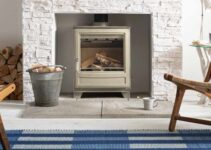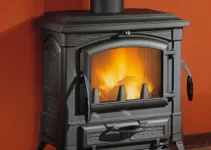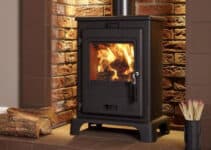Although many of us associate log burners with quaint country cottages, people in all sorts of houses look to have them installed.
If you’re one of them, you might be asking, can you have a log burner in a semi-detached house? The short answer is yes you can, as it has no impact on your neighbour (in theory). Provided your home has a chimney or somewhere you can fit a modern one, you can definitely have a log burner in a semi-detached house.
In this article, we’ll look into this explanation in more detail, including the potential law around it. Plus, we’ll look at whether you can have a log burner in other properties.
Log Burners in a Semi-Detached House
If you drive around anywhere in the UK, you’ll see plenty of houses with chimneys. Anything from a detached to a terrace house built before a certain point (pre-1960s) would have had a chimney.
This is because fires were the only source of heating before gas boilers.
However, houses built after the introduction of the Clean Air Act in 1956 are less likely to have chimneys. This isn’t to say modern houses don’t have them, although they’re certainly less common than they used to be.
You won’t find chimneys on new-build homes in modern housing estates.
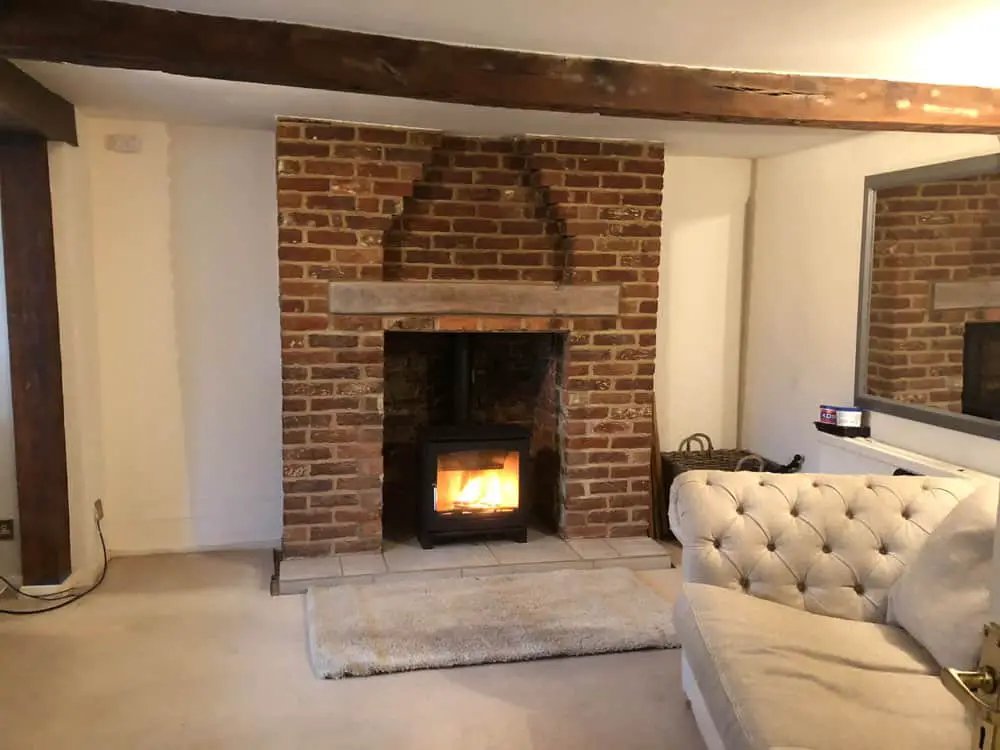
But back to semi-detached houses. Most properties share chimneys, which are built on opposite sides of the party wall.
If you look at the stack on the roof, you’ll see it sits across the property boundary and has more than one chimney coming out of it.
So, if your semi-detached house has a chimney and fireplaces, very little is stopping you from installing a log burner. Sure, you might have to do a lot of work to modernise the existing infrastructure, but this isn’t too difficult.
It mostly involves fitting a modern flue inside the existing chimney to reduce the risk of fire.
But what are your options if your home never had a chimney or the existing chimney has been removed?
Installing a New Chimney
The easiest option for fitting a new chimney in a property is a steel twin-walled flue. Whereas traditional chimneys are built on a wall inside your home, steel flues exit the property as soon as possible.
They then extend up the outer wall of the building instead of inside.
Primarily, reduces the chance of running over existing pipes and wiring. Also, newer properties are more likely to have inner walls made from drywall than brick. Drywall is more of a fire risk.
Steel flues also work better with modern stoves, which are typically freestanding. This gives you more freedom over where in the room you install the stove compared to using an existing chimney.
A twin-wall steel flue is also fairly easy to install. Generally, it’s the same thing you’d need to have installed inside an existing chimney if you were modernising it. So, having one fitted new isn’t that different.
Of course, the other option is to have a new chimney built using brick. It’s a more expensive and time-consuming option because it needs to stretch the whole height of the house.
Additionally, it means losing some space in two rooms. While this is a given in the room with the fireplace, the space is arguably more wasted in the room above. That said, you could obviously install a second fireplace in that room!
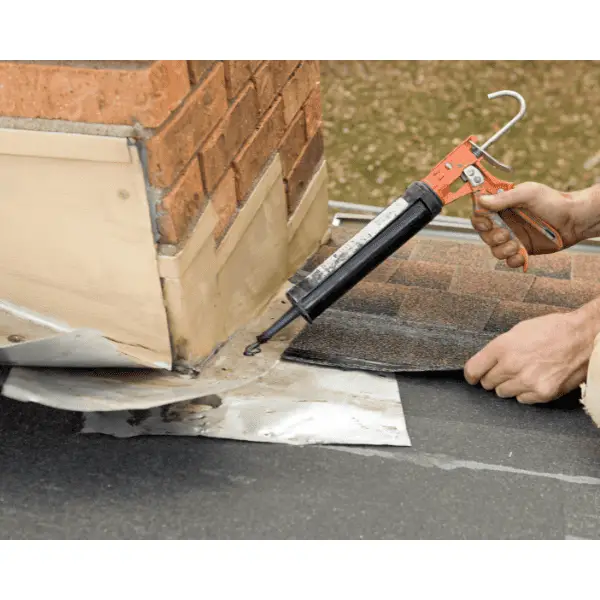
Can You Put a Wood Burner in a Terraced House?
All the logic that applies to wood burners in semi-detached houses is true for terraced houses too. British homebuilders don’t tend to build terraced houses anymore, so you’re far more likely to find one with a chimney.
However, if the chimney has been removed, you’ll be more restricted in where you could put a steel flue. Unless you’re the end house, you’ll only have 2 outside walls, meaning the fireplace would have to go at the front or back of the house.
Log Burner in Terraced House
If your house used to have a chimney that’s been capped (removed), you could instead have it rebuilt. This could cost several thousand pounds but gives you more freedom over which room you have the log burner in.
It’s worth noting that if you plan to fit a log burner into an existing fireplace, you shouldn’t need to notify your neighbours. As mentioned, chimneys are often built on the party (shared) wall.
Doing renovation work to it can sometimes trigger the Party Wall Act. However, it’s generally believed that renovating a fireplace doesn’t, as it’s technically built onto the wall rather than being part of it.
So, the bottom line is that you can have a wood burner in a terraced house provided you’ve got the space to have an appropriate chimney.
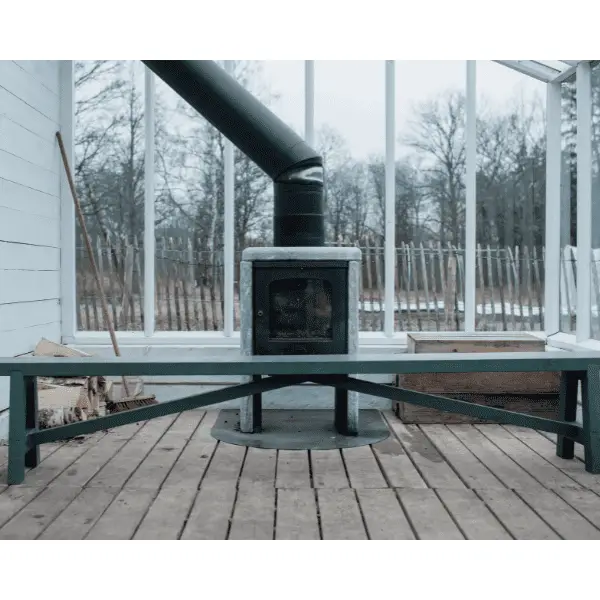
Can You Have a Log Burner in a Flat?
It’s perfectly possible and legal to have a log burner in a flat. If you live in an old converted house, you likely already have fireplaces. For other buildings, you’d need to follow the steel flue method.
However, you might run into some problems. The first is leasehold agreements, which might forbid lighting log burners.
The second is insurance (whether yours or a landlord’s), as it might prevent you from installing a potential fire risk in a flat.
So, make sure you check any relevant documents first to see if there’s any reason why you can’t. If there is, an electric or gas fireplace can be a decent alternative that doesn’t carry the same kind of risk.
Log Burner in Semi Detached – A Summary
As you can see, you can have a log burner in any kind of property or conservatory (even one without a chimney!). Before you go installing a new fireplace, though, it’ll be worth contacting a local chimney expert.
They should be able to inform you whether your existing infrastructure is fine, or how to install a new one.
Either way, there should be very little stopping you from getting those cosy log burner vibes in your home!
